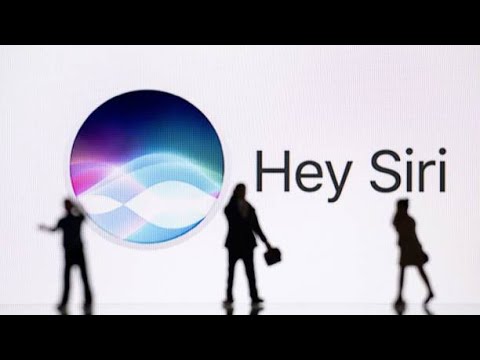Apple is reconsidering its initial plan to develop in-house AI models for Siri and is now exploring integrating third-party AI technologies like Anthropic’s Claude or OpenAI’s GPT to enhance Siri’s capabilities and accelerate development. This strategic shift reflects Apple’s urgency to remain competitive in the AI space amid lagging performance and growing pressure from more advanced AI ecosystems.
Apple’s initial AI strategy, unveiled last year, focused on developing in-house large language models that run both on devices and in the cloud to compete with market leaders like Google’s Gemini. However, Apple quickly realized that their models were not performing well enough. As a result, the company is now considering a major shift by potentially integrating third-party AI models, such as Anthropic’s Claude or OpenAI’s GPT, to power Siri. This move aims to accelerate feature development and improve Siri’s capabilities, which have lagged behind competitors for years.
Siri, now 14 years old, has been widely criticized for its limited functionality compared to newer AI assistants. Apple had been planning a significant overhaul of Siri using its own AI models for release next spring, but the company is now exploring external AI solutions to make the voice assistant more appealing and competitive. This potential pivot has already caused Apple’s stock to spike, reflecting investor optimism about the company becoming a serious player in AI by leveraging established third-party technologies.
The discussion highlights a broader concern about Apple’s position in the AI race, especially regarding the next generation of consumers. While Apple has a loyal user base and strong emotional connections with its products, the company risks losing new users who are increasingly drawn to ecosystems with more advanced AI capabilities. The Android ecosystem, powered by more sophisticated AI, is perceived as being ahead in the future of technology, which could influence first-time smartphone buyers and families choosing their preferred platform.
Traditionally, Apple has preferred to develop core technologies in-house, owning key innovations like the touchscreen, camera tech, and processors. AI was expected to follow this pattern, but the underperformance of Apple’s internal models has forced a reconsideration. The company is now weighing the benefits of partnering with external AI providers while continuing to develop its own models in parallel. This dual approach reflects internal debates about whether to rely on third-party AI or wait until Apple’s own technology is ready for prime time.
Among the leading AI companies, Anthropic and OpenAI are considered top contenders, with Google trailing behind. Apple’s internal focus appears to be on Anthropic, which currently powers much of their AI technology. However, Anthropic’s high cost and scaling demands have prompted Apple to also consider OpenAI, which has historically offered favorable terms. This strategic openness to external AI partners signals both a smart business move and a sign of urgency as Apple strives to catch up in the rapidly evolving AI landscape.
